An international research team led by Northeastern University marine biologists has discovered a new genus and species of shipworm burrowing into the bedrock of the Abatan River on the Philippine Island of Bohol.
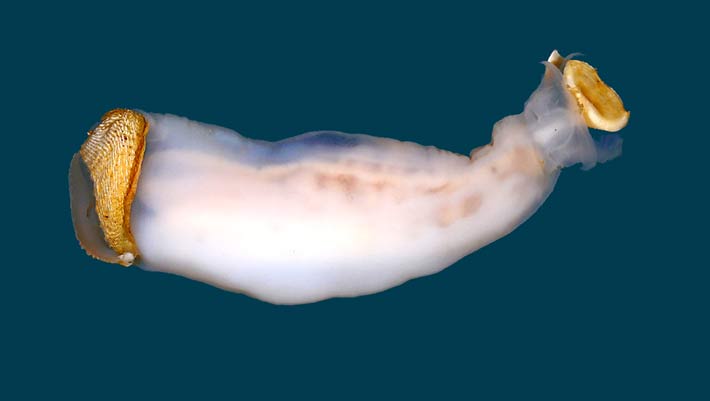

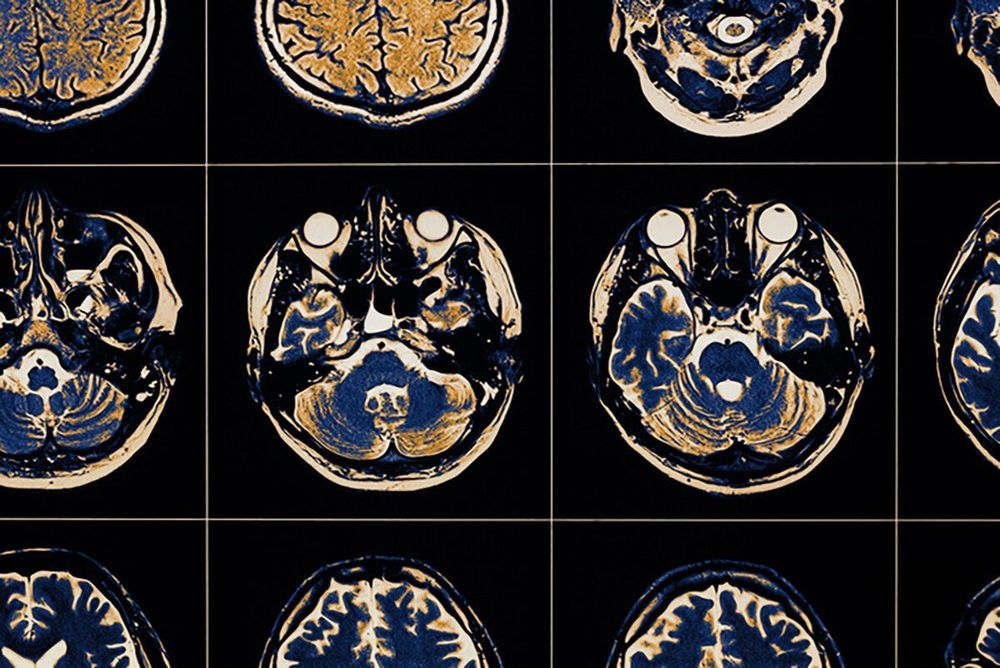
More than three decades ago, scientists discovered that a chemical found in a synthetic opioid, MPTP, induced the onset of a form of Parkinson’s disease. In a new study led by scientists from the School of Veterinary Medicine, researchers found that an enzyme in the body can metabolize compounds formed in the brain from alkaloids present in certain foods and tobacco into MPTP-like chemicals, triggering a neurodegenerative condition in mice.
The researchers, led by Narayan Avadhani and Mrittika Chattopadhyay, suggest that the enzyme, mitochondrial CYP2D6, presents a potentially powerful new target for Parkinson’s treatment.
“Over the past two or three decades, researchers have tried inhibiting the process by which they believed MPTP was metabolized, with mixed success,” says Avadhani. “We believe that mitochondrial CYP2D6 is the more direct drug target, which might prove better in treating idiopathic Parkinson’s disease.”
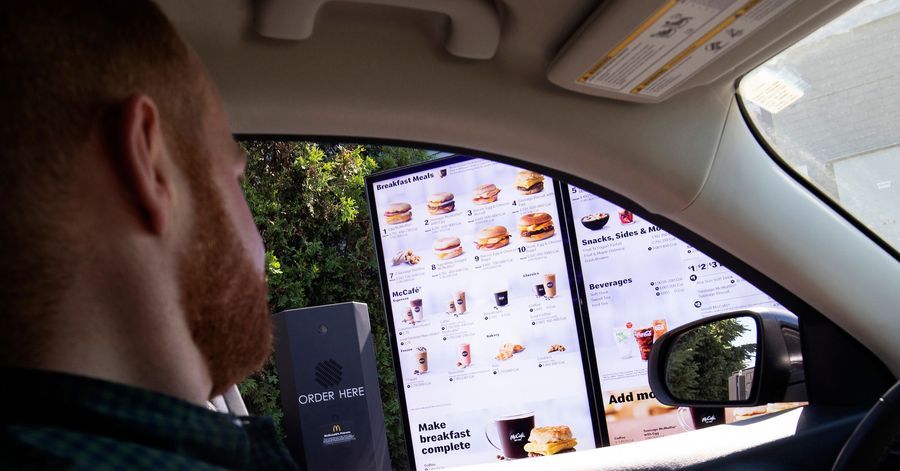
McDonald’s Corp. is designing voice-activated drive-throughs and robotic deep-fryers as the burger giant works to streamline its menu and operations to speed up service.
The company is testing voice-recognition software at a drive-through in suburban Chicago. Inside the restaurant, a robot also tosses chicken, fish and fries into vats of oil. Both technologies are meant to shorten customer wait times that executives acknowledge have grown in recent years. McDonald’s also has stopped serving some burgers and given franchisees…
To Read the Full Story.


In a new study, Yale researchers offer insight into leptin, a hormone that plays a key role in appetite, overeating, and obesity. Their findings advance knowledge about leptin and weight gain, and also suggest a potential strategy for developing future weight-loss treatments, they said.
The study, led by investigators at Yale and Harvard, was published the week of June 17, 2019, in the Proceedings of the National Academy of Sciences.
Leptin, which is secreted by fat cells, informs the brain when fuel stored in body fat and in the liver is becoming depleted. It has not been well understood how low leptin concentrations in plasma — the largest component of blood — increase appetite. The researchers studied the biology of leptin in rodents. They also investigated the influence of nerve cells in the brain known as AgRP neurons, which regulate eating behavior.

Burger-and bratwurst-flipping robots officially became a thing in 2017, but there is much more to come in the years ahead when we think about the potential applications of artificial intelligence (AI) and other cutting-edge technologies to the future of food production. Developments in 3D printing, cloud computing, big data, blockchain and the Internet of Things (IoT) will introduce new possibilities to the industry—with AI binding them all together and providing powerful insights to help change every facet of food production, distribution and retailing. So, what transformations for food and beverage production could occur in the aftermath of various bursts of innovation rising from these new technologies with seemingly magical powers?
Thinking ahead to 2025, distinct images of the future start to come into view. For example, could celebrity-inspired robochefs custom-make personalized meals based on a cloud-stored digital profile which takes into account each diner’s personal preferences, dietary issues, allergies, and health records? As a form of food manufacturing, personalized food could be achieved with 3D printing, with the factory providing the ingredients with the food then printed in the consumer’s home or a local food fabrication centre – which could be anything from a school kitchen to your local cafe. This form of future food production would create opportunities for manufacturers to interact with consumers more directly, perhaps using blockchain to eliminate the information loss that normally occurs through layers of middlemen like transport and retail.
Self-driving trucks and autonomous drones for food transport and urban vertical gardens could help meet the rising food demands of the future – extending the manufacturers’ reach in previously unimaginable ways. Virtual reality and augmented reality also offer unconventional access to consumers from the manufacturing side—simulated taste, smell and even touch may soon become part of the food and drink experience. The ability to test new ideas and access new markets in mixed reality is a huge new opportunity for food and drink manufacturers. Picture the scene, the consumer creates their ideal meal – including taste, smell, touch and visual presentation. The food is then robo-picked from the manufacturer’s town centre based vertical farm, the meal is prepared by the robo-chef in the back of the autonomous delivery vehicle and then transported and flash heated by a drone that literally places the meal on your dining table. Every technological element of this scenario is there now or will be within a year or two at the outside.

© Provided by Bauer Media Pty Ltd A study published in the journal Nature Medicine found that eating cheese can lead to a longer lifespan.
Every now and again, a study is released that makes our heart skip a beat.
Recently, research published in the journal Nature Medicine found that eating cheese can lead to a longer lifespan (and it wasn’t even satire!).
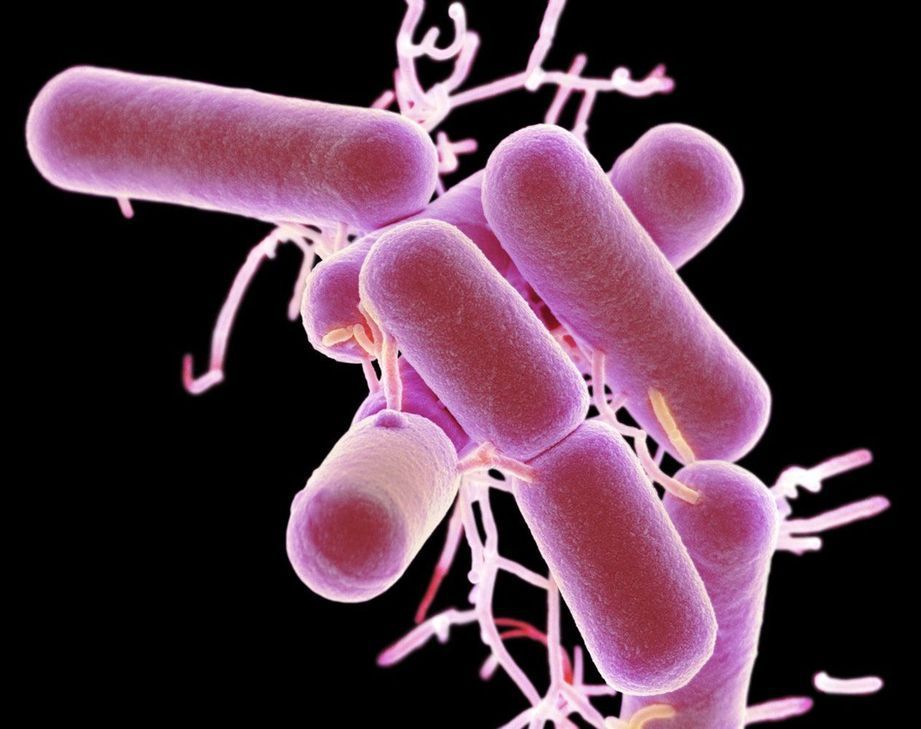
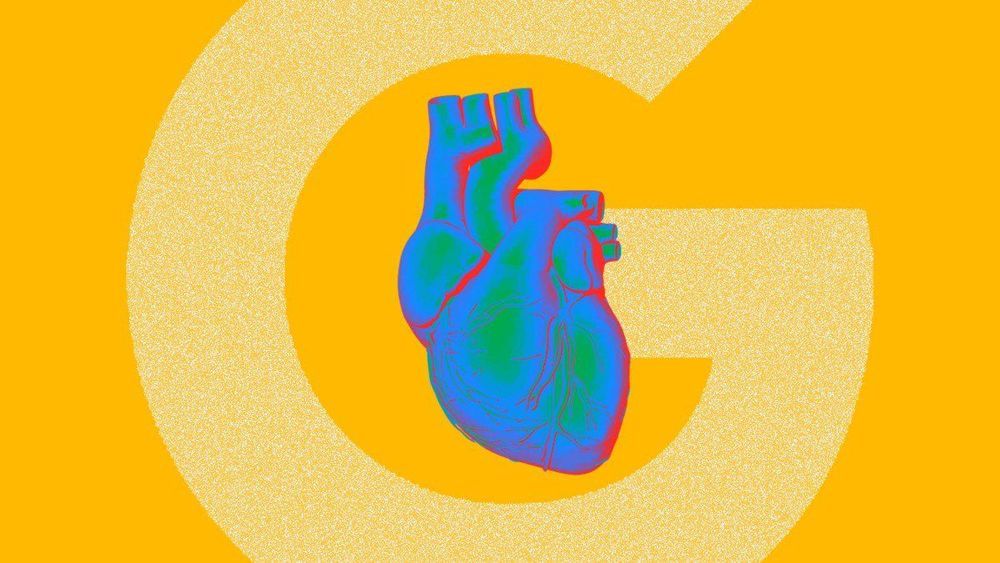
Ever wonder why some fortunate people eat chips, don’t exercise, and still don’t get clogged arteries? It could be because they’ve got lucky genes.
Now Alphabet (Google’s parent company) is bankrolling a startup company that plans to use gene editing to spread fortunate DNA variations with “one-time” injections of the gene-editing tool CRISPR.
Heart doctors involved say the DNA-tweaking injections could “confer lifelong protection” against heart disease.
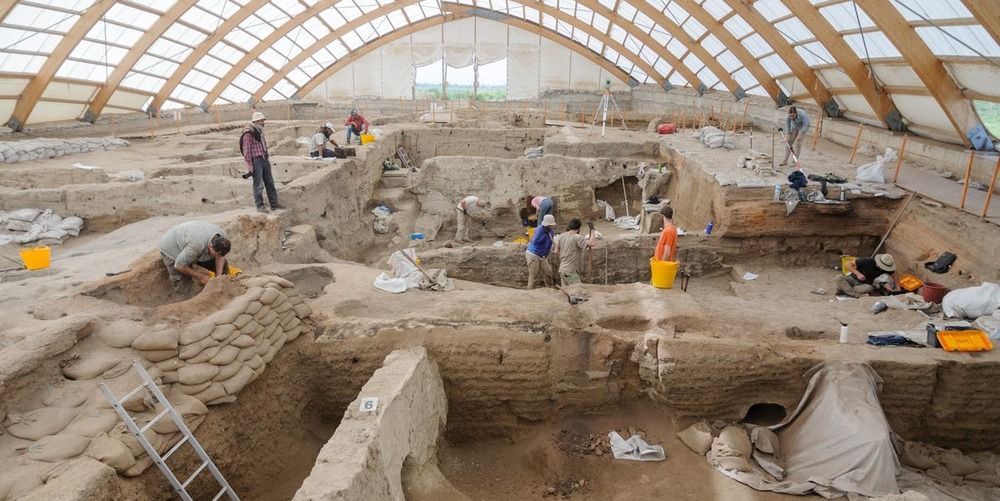
“I am committed to the notion that the past predicts the present,” Larsen tells Inverse, “and we need to understand that past to understand the world we live in now.”
Larsen has had a longstanding interest in the health and lifestyle of early farmers — those who were working around the Neolithic transition from hunting and gathering to farming. So when Ian Hodder, Ph.D., an archeologist who leads the Çatalhöyük Research Project, invited him to join the project in 2004, he quickly accepted the opportunity.
This new study is based on 25 years of findings linked to the human remains found in Çatalhöyük. Dating of remains shows that the population there grew to its peak in the period from 6,700 to 6,500 B.C. and then declined rapidly. That decline is likely linked to the evidence of disease and malnutrition Larsen and colleagues found in the remains.